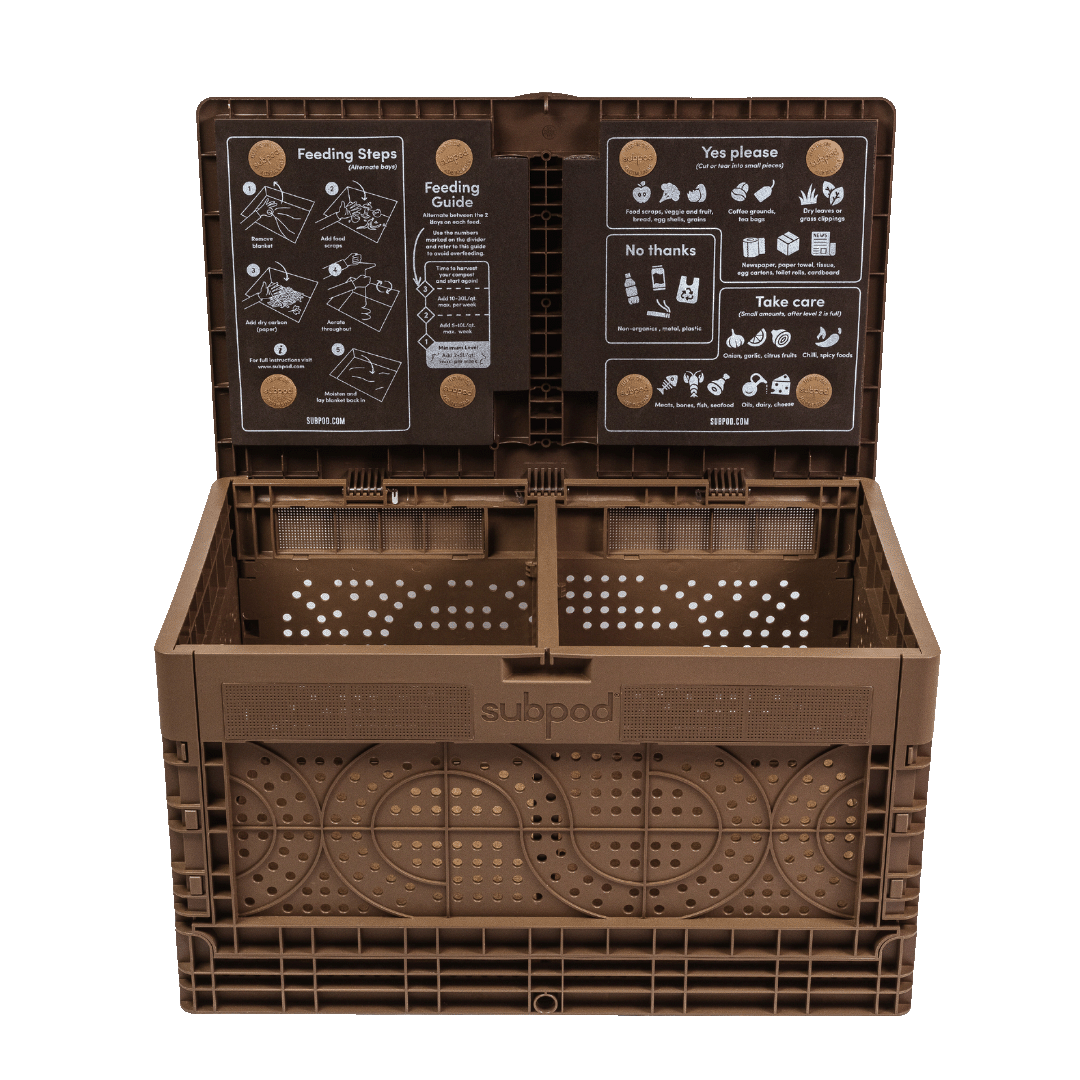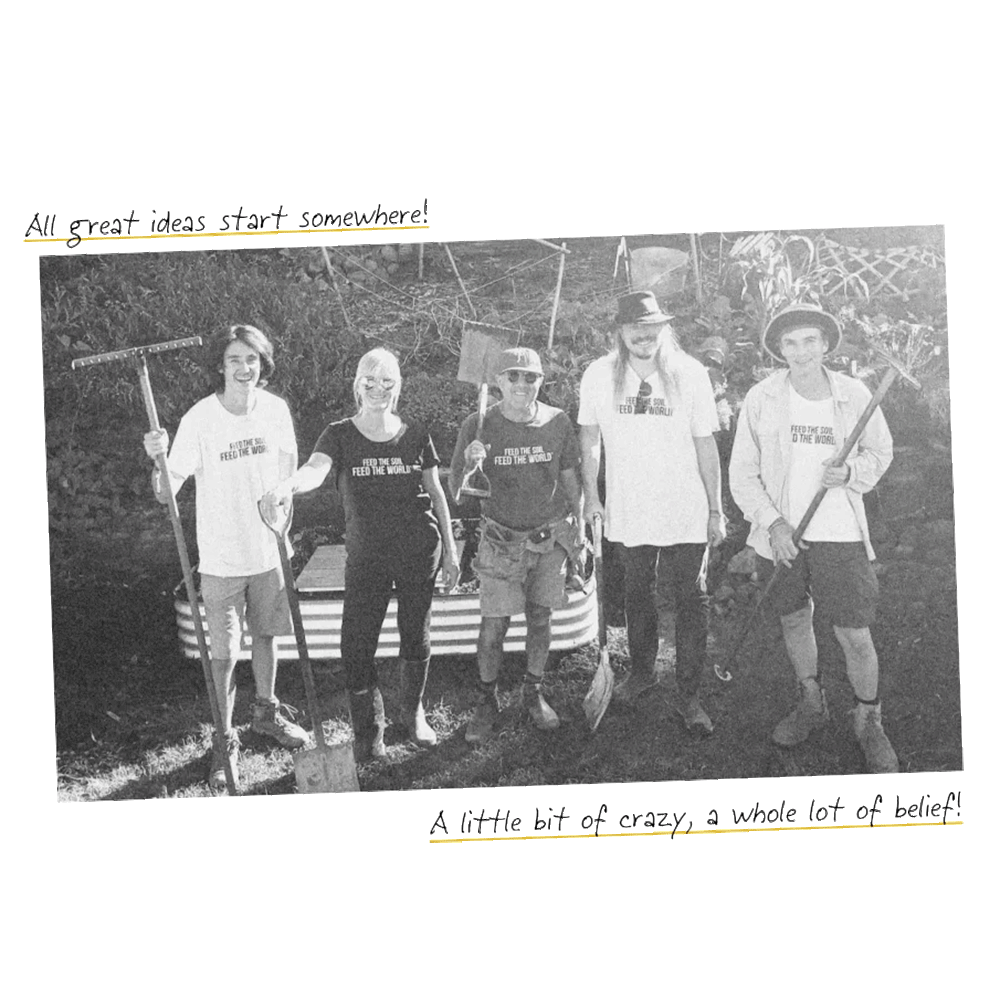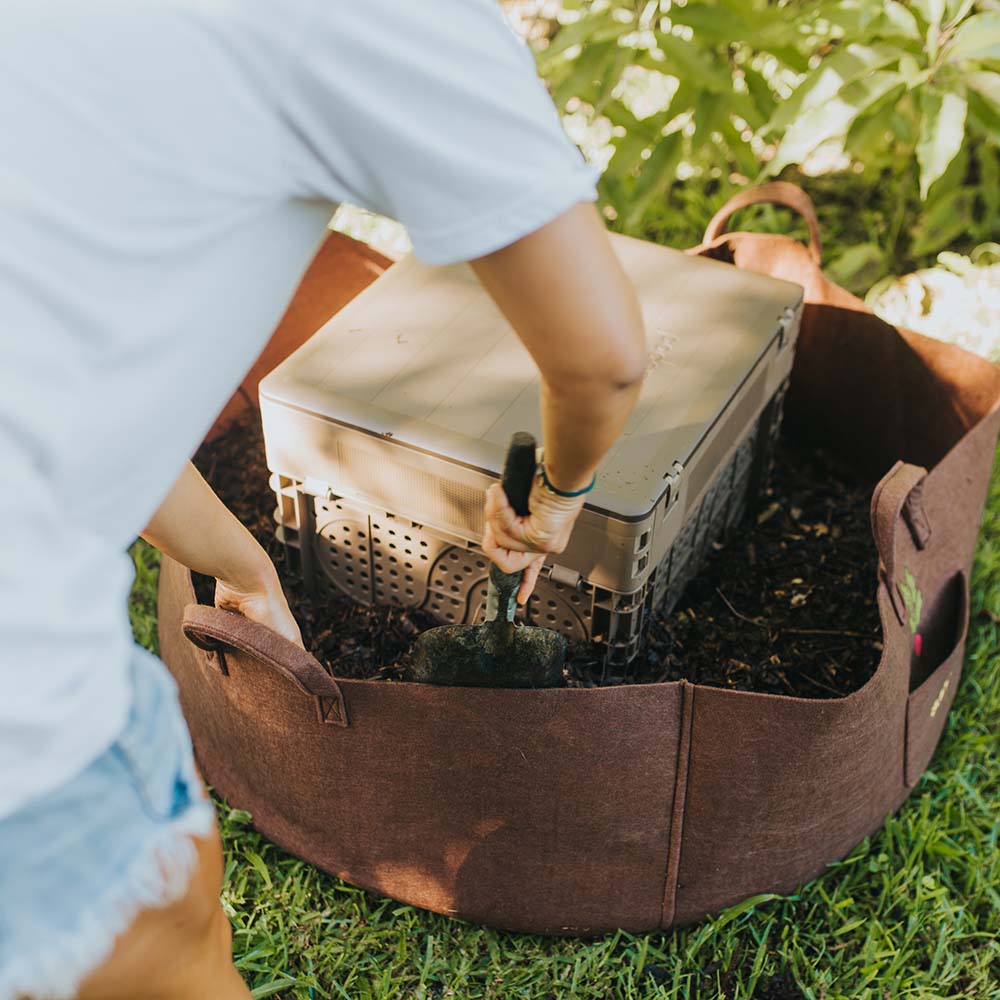Create a cost-efficient garden of any size that you can easily rearrange & take with you anywhere! Subpod Grow bag is the flexible garden option suitable for any project and can go anywhere including balconies, decks, concrete or gravel!
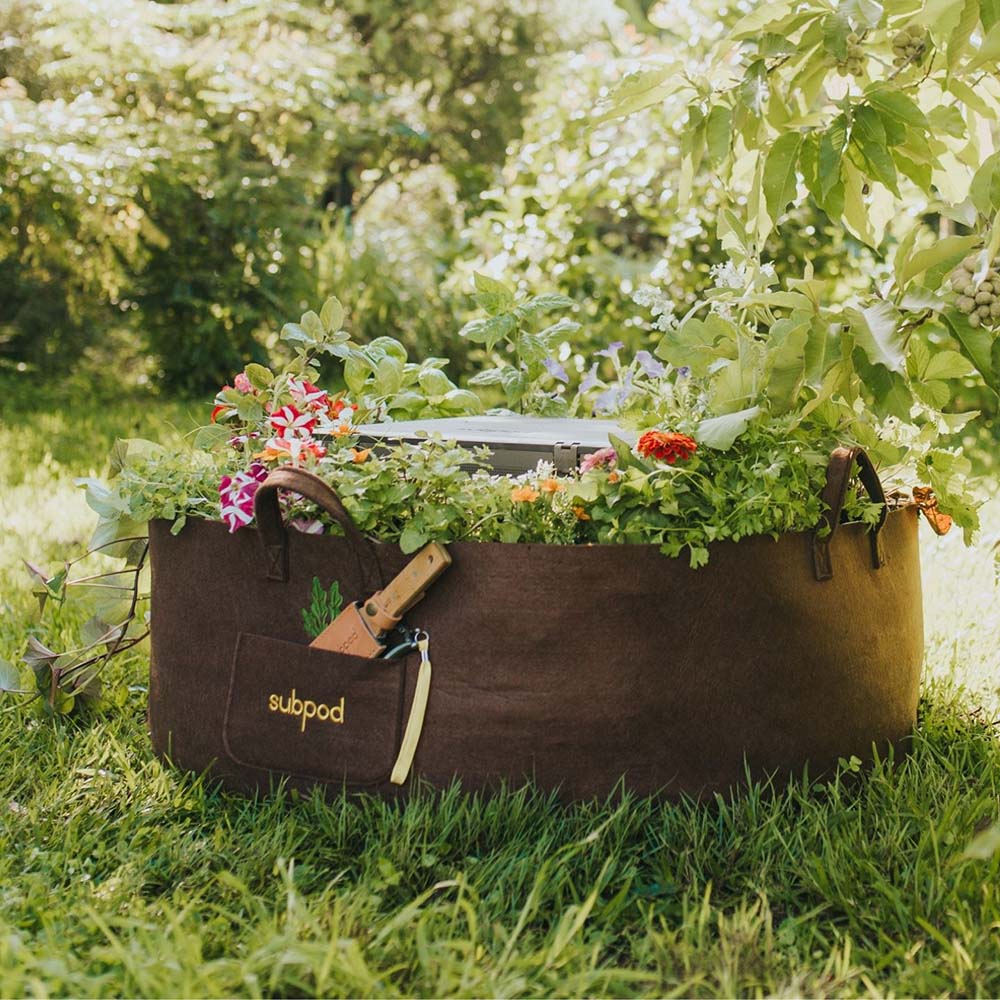
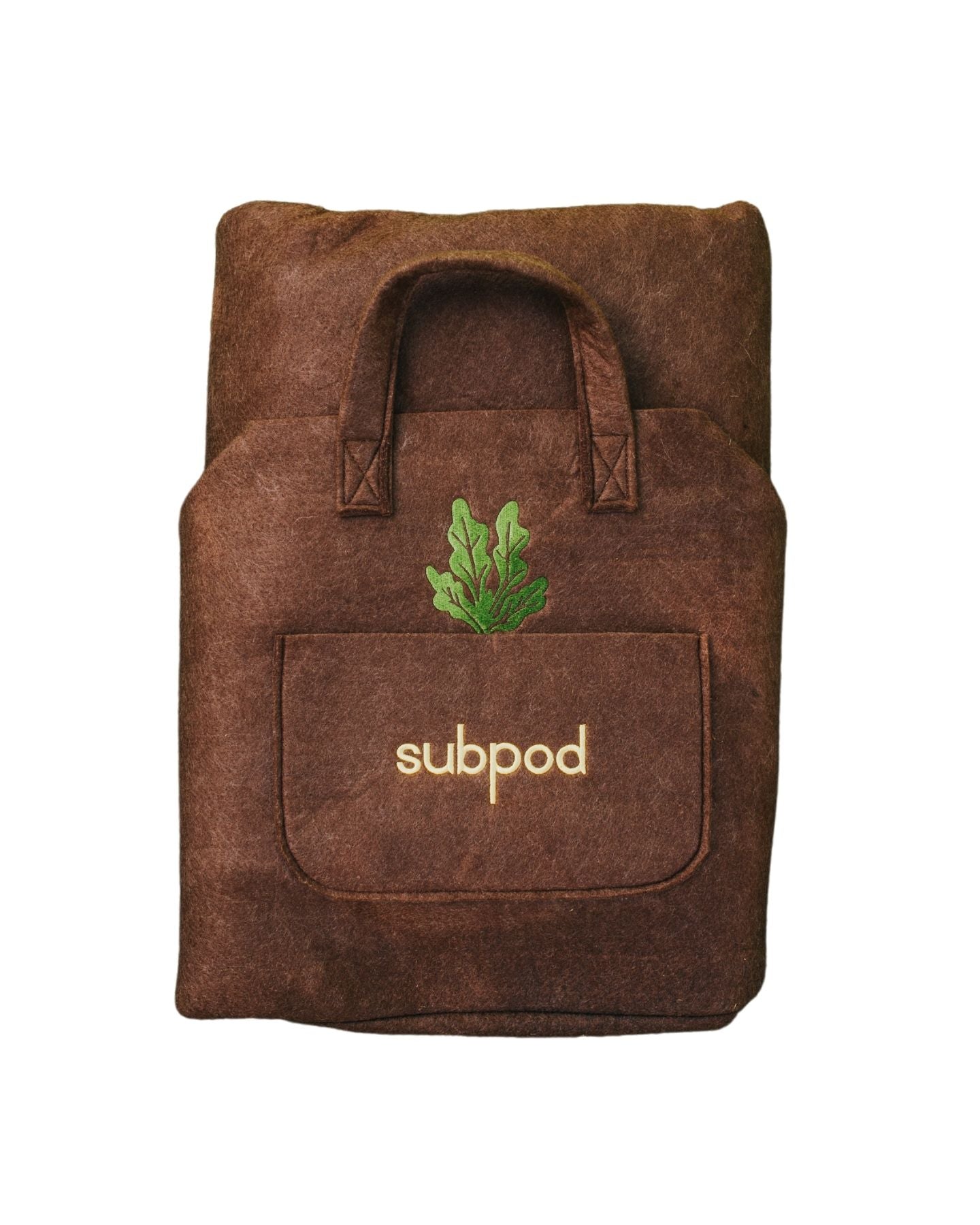
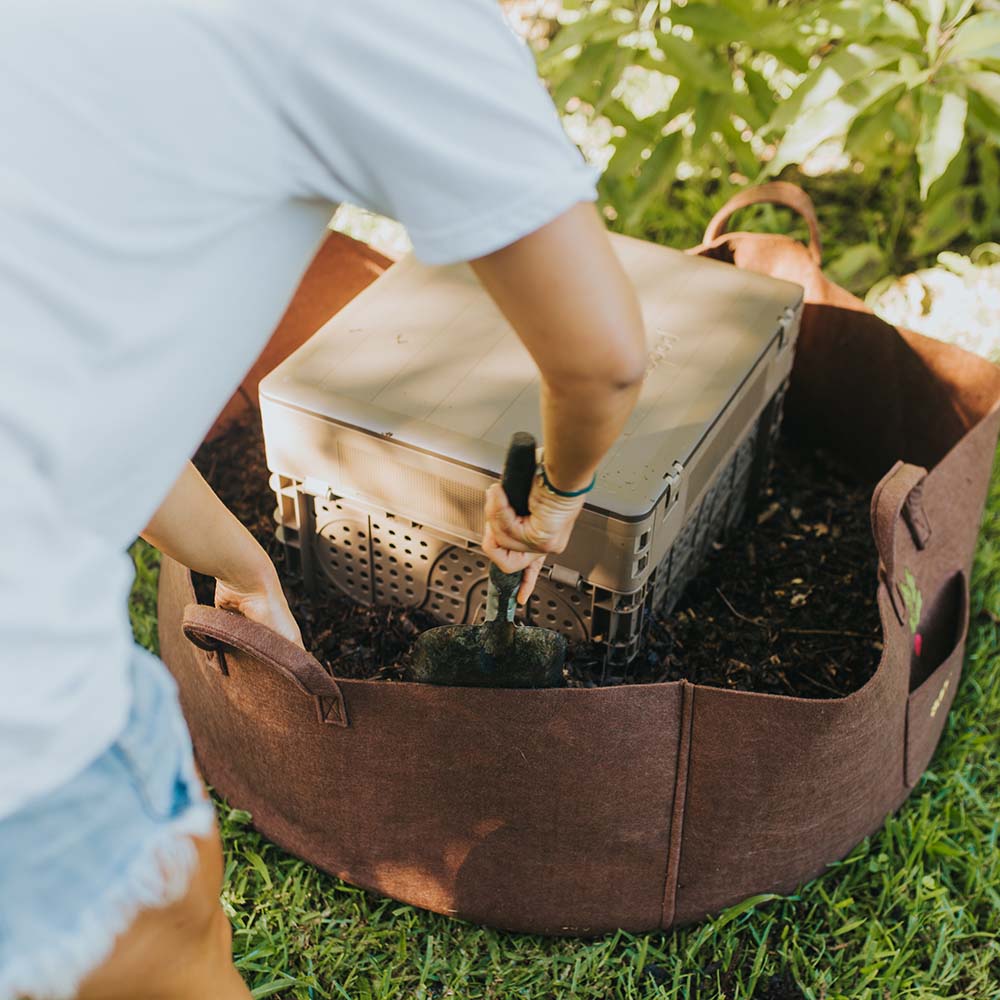
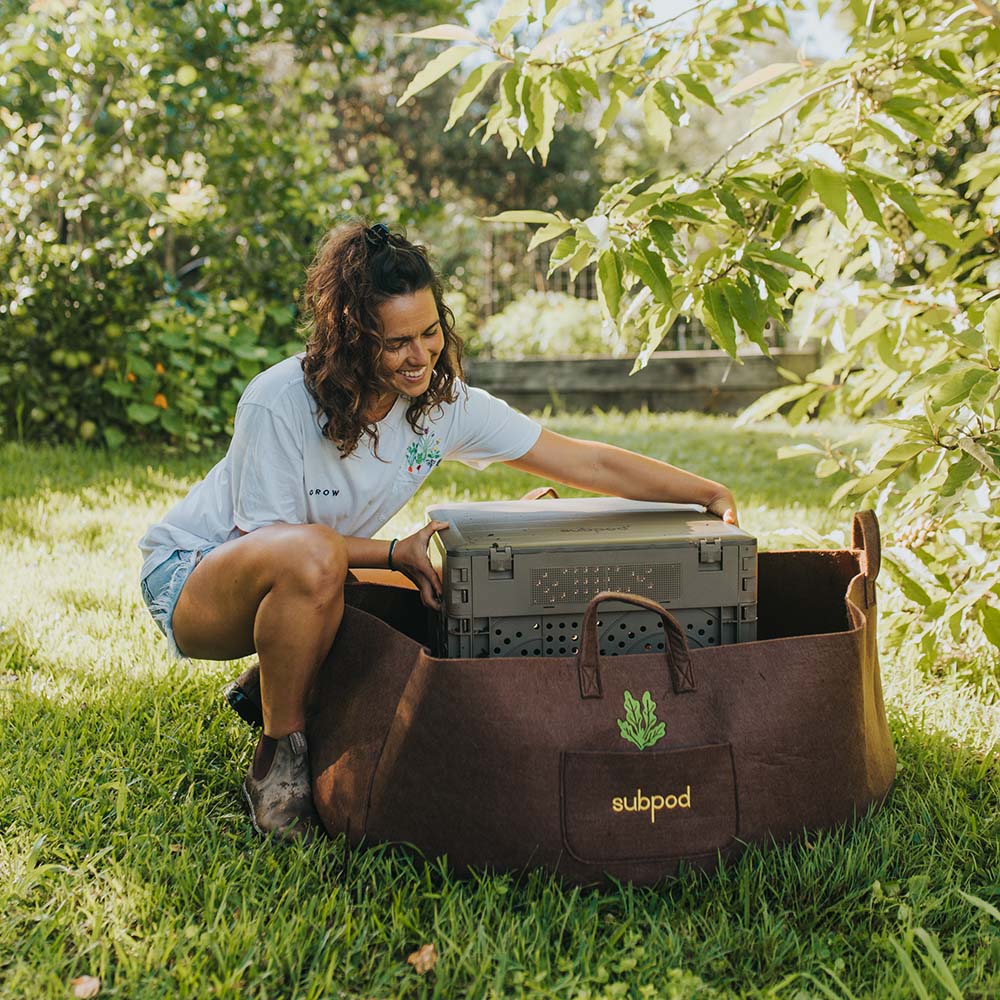
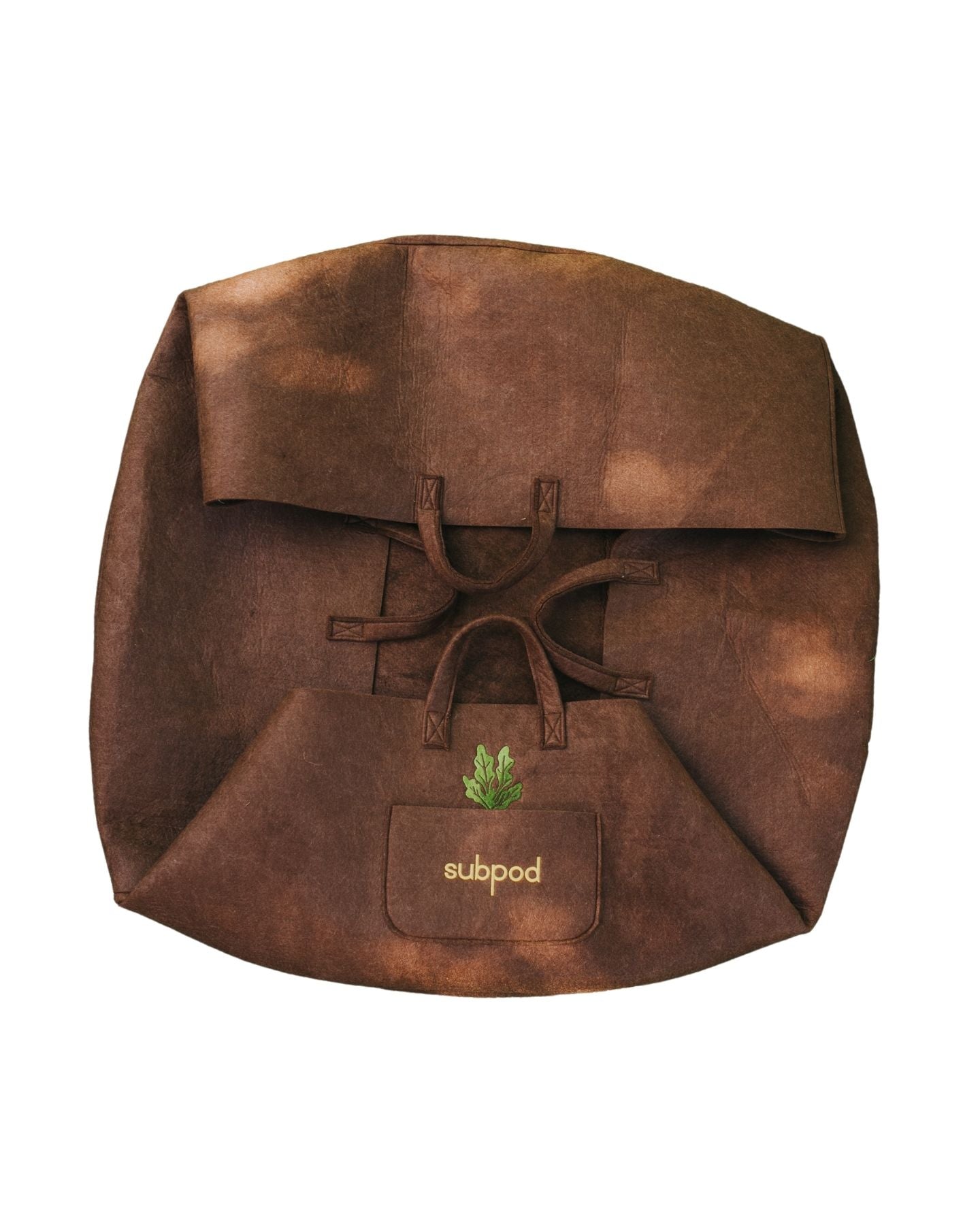
Grow Bag

Grow Bag
Sale price$74.00
Regular price (/)
This product has no reviews yet.


